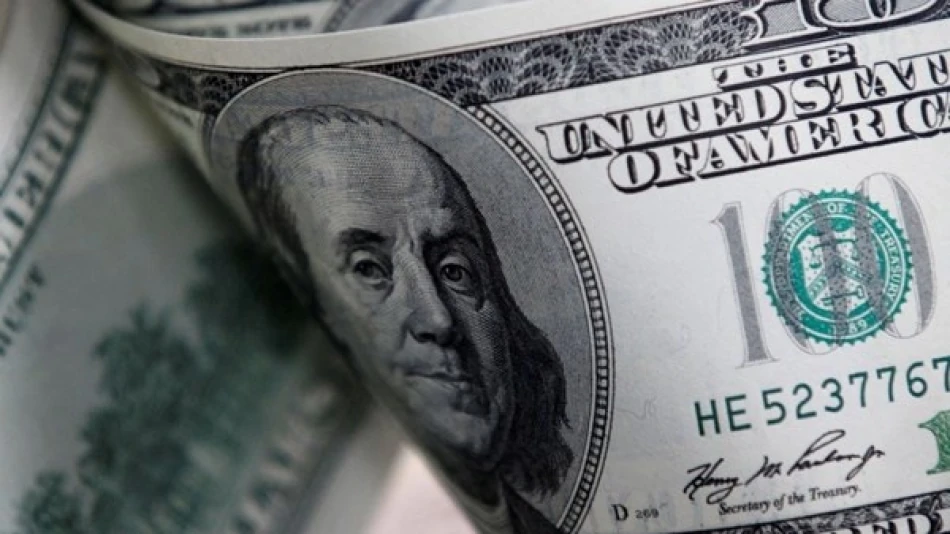
U.S. Interest Rate Cut Sparks Dollar Decline, Market Anticipation
Dollar Plunges to Multi-Month Lows as Fed Rate Cut Bets Intensify
The US dollar tumbled to its weakest levels in months against major currencies on Tuesday, with the euro reaching a 2.5-month high and the Australian dollar hitting a 10-month peak against the greenback. Markets are pricing in aggressive Federal Reserve rate cuts starting this week, accelerated by renewed pressure from President Trump for looser monetary policy.
Market Expectations Point to Aggressive Easing Cycle
Currency traders are positioning for what could be the Fed's most dovish pivot in over a decade. Markets are virtually certain of at least a 25 basis point cut Wednesday, with growing speculation about a more dramatic 50 basis point reduction. The dollar index, which measures the greenback against six major currencies, dropped to 97.161 points—its lowest level since July 24.
More significantly, traders expect 67 basis points of total cuts by year-end, expanding to 81 basis points through January 2025. This aggressive timeline suggests markets believe the Fed is behind the curve and needs to catch up quickly to prevent economic slowdown.
Political Pressure Adds Fuel to Dollar Decline
President Trump's renewed calls for "significant monetary easing" are amplifying market expectations and weakening the dollar's appeal. This political intervention echoes similar pressure campaigns during Trump's previous term, when he frequently criticized Fed Chair Jerome Powell for keeping rates too high.
The timing is particularly notable as it comes ahead of a presidential election year, where economic performance will be closely scrutinized. Trump's public stance suggests he views lower rates as essential for maintaining economic momentum.
Currency Winners Emerge from Dollar Weakness
Risk-On Assets Rally
The Australian dollar's surge to 10-month highs reflects its status as a risk-sensitive currency that benefits when investors move away from safe-haven dollars. Australia's commodity-linked economy stands to gain from both lower US rates and potential global growth acceleration.
European Currencies Capitalize
The euro's climb to 2.5-month highs against the dollar comes despite the European Central Bank's own dovish stance. The British pound similarly approached multi-month peaks, suggesting European currencies are benefiting from relative yield advantages as US rates fall faster than expected.
Historical Context and Market Implications
This dollar decline mirrors patterns from previous Fed easing cycles, particularly 2019 when political pressure and economic concerns drove aggressive rate cuts. However, the current environment differs significantly—inflation remains above target, employment is strong, and geopolitical tensions continue to simmer.
For global investors, dollar weakness typically signals a shift toward riskier assets and emerging markets. Commodities priced in dollars become more attractive, while US multinational companies may see earnings benefits from currency translation effects.
What's Next for Dollar Bears
The dollar's trajectory will largely depend on whether the Fed delivers on market expectations. If Wednesday's meeting produces only a 25 basis point cut with cautious forward guidance, the dollar could recover some losses. Conversely, a 50 basis point cut or dovish projections could accelerate the decline.
Currency strategists are watching key technical levels closely. A sustained break below 97 on the dollar index could trigger algorithmic selling and push the greenback toward its 2023 lows near 94. Such a move would represent a fundamental shift in global currency dynamics, potentially lasting through the 2024 election cycle.
 Layla Al Mansoori
Layla Al Mansoori







